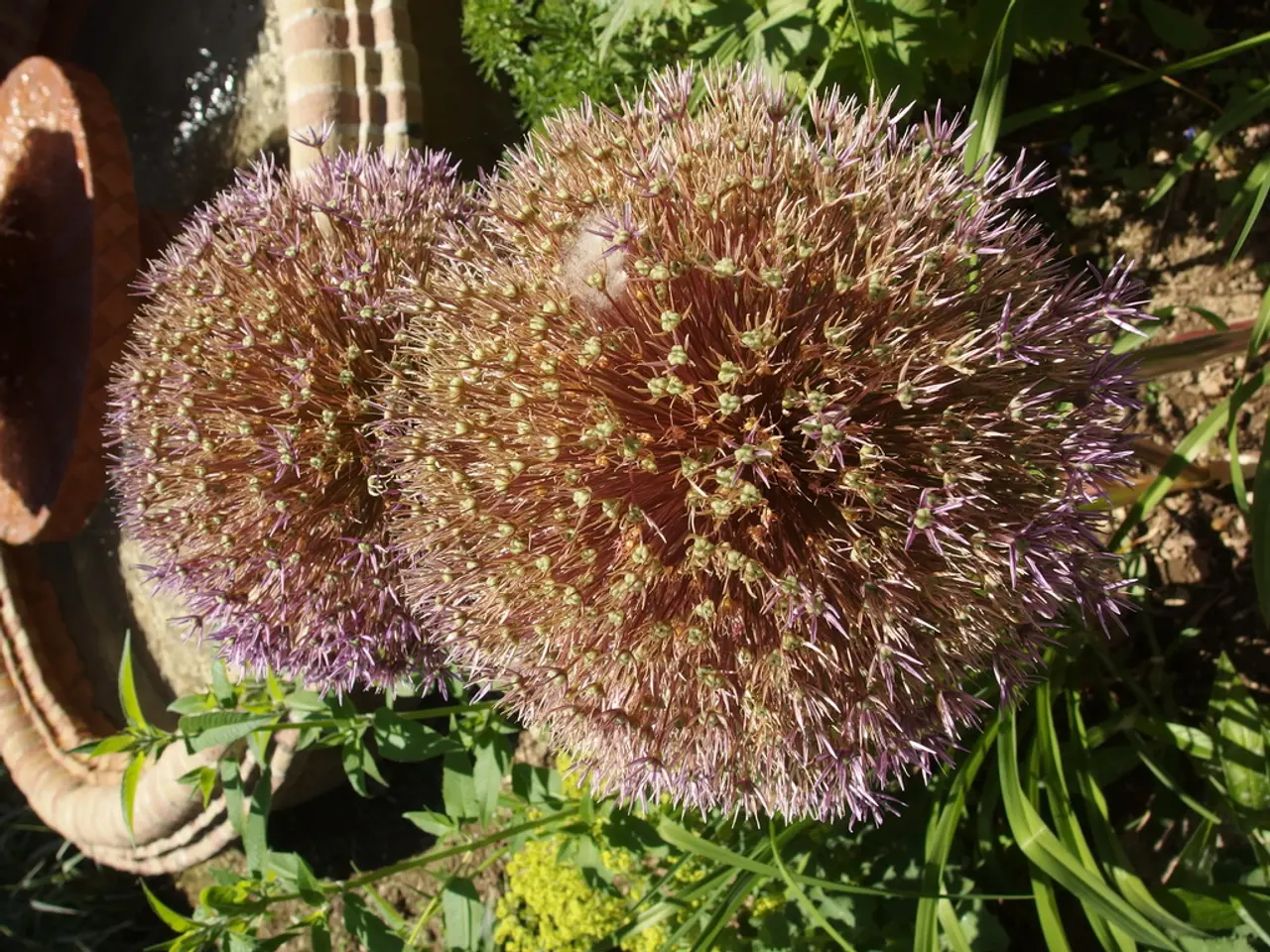Excess rainfall aids Indian farmers in completing 85% of normal crop sowing during the kharif season.
India's Kharif Crop Season Shows Promising Yield Outlook
India's kharif crop season, which spans from June to October, is expected to yield positively this year due to surplus rainfall from June-July and favorable monsoon conditions, according to agricultural experts.
Favorable Sowing and Yield Outlook
The total kharif sowing area as of August 1 is 932.93 lakh hectares, a 5.1% increase compared to the same period last year. This increase is largely attributed to above-normal rainfall in the southwest monsoon, which has been 106% of the long period average.
Sowing of rice, pulses, and coarse cereals has increased significantly. For instance, rice sowing has grown over 10%, pulses by 25%, and coarse cereals by 16% year-on-year. Early monsoon onset in late May helped early sowing across large parts of India, and by mid-July, the overall kharif sown area reached about 109 million hectares.
Regions like Telangana, an important kharif region, have shown strong increases in sowing acreage for key crops like cotton and maize, although paddy lags in some areas due to irrigation issues.
Potential Threats to Yield
Despite the positive outlook, there are potential threats that could impact yields during the pre-harvest period in September. One such threat is uneven spatial rainfall distribution, which can cause flooding in some areas and drought-like conditions in others.
Localized water management problems, such as non-operational irrigation pump houses, lead to water shortages affecting paddy and other water-intensive crops in parts of Telangana and elsewhere.
Input shortages, particularly of urea fertilizer, are a significant risk, potentially causing 10-15% yield reductions, especially in irrigated areas that rely on fertilizer availability.
Excessive rainfall and flooding risks remain a concern if monsoon rains continue heavily into August and September, possibly affecting crop maturity and harvesting.
Balancing Risks and Opportunities
While the surplus rainfall from June-July and overall favorable monsoon have set the stage for a higher kharif crop yield in 2025, these positive effects must be cautiously balanced against risks from uneven rainfall distribution, input constraints, and water management challenges during the September pre-harvest period.
Key crops like rice, pulses, and coarse cereals have shown significant increases in sowing acreage, but potential threats such as localized flooding, uneven rainfall distribution, input shortages, and water management issues could impact yields in specific regions.
The kharif crop season in India is expected to yield positively this year, but farmers and agricultural experts must remain vigilant in addressing potential threats to ensure a successful harvest.
Key Details
- Kharif crop sowing has exceeded last year's levels by around 4-6%.
- Sowing of rice, pulses, and coarse cereals has increased significantly.
- Early monsoon onset in late May helped early sowing across large parts of India.
- Telangana, an important kharif region, shows strong increases in sowing acreage for key crops.
- Uneven spatial rainfall distribution can cause flooding in some areas and drought-like conditions in others.
- Localized water management problems, such as non-operational irrigation pump houses, lead to water shortages.
- Input shortages, particularly of urea fertilizer, are a significant risk.
- Excessive rainfall and flooding risks remain a concern if monsoon rains continue heavily into August and September.
The kharif crop sowing area has increased by approximately 5.1% compared to the same period last year, primarily due to above-normal rainfall during the southwest monsoon.Sowing of key crops like rice, pulses, and coarse cereals has seen significant growth, with rice sowing up by over 10%, pulses by 25%, and coarse cereals by 16%. deserves attention as it has shown significant improvements in sowing acreage for crucial crops such as cotton and maize.Despite the promising outlook, there are potential threats to yields during the pre-harvest period in September, including uneven rainfall distribution, localized water management issues, input shortages, and excessive rainfall and flooding risks if monsoon rains persist heavily into August and September.








